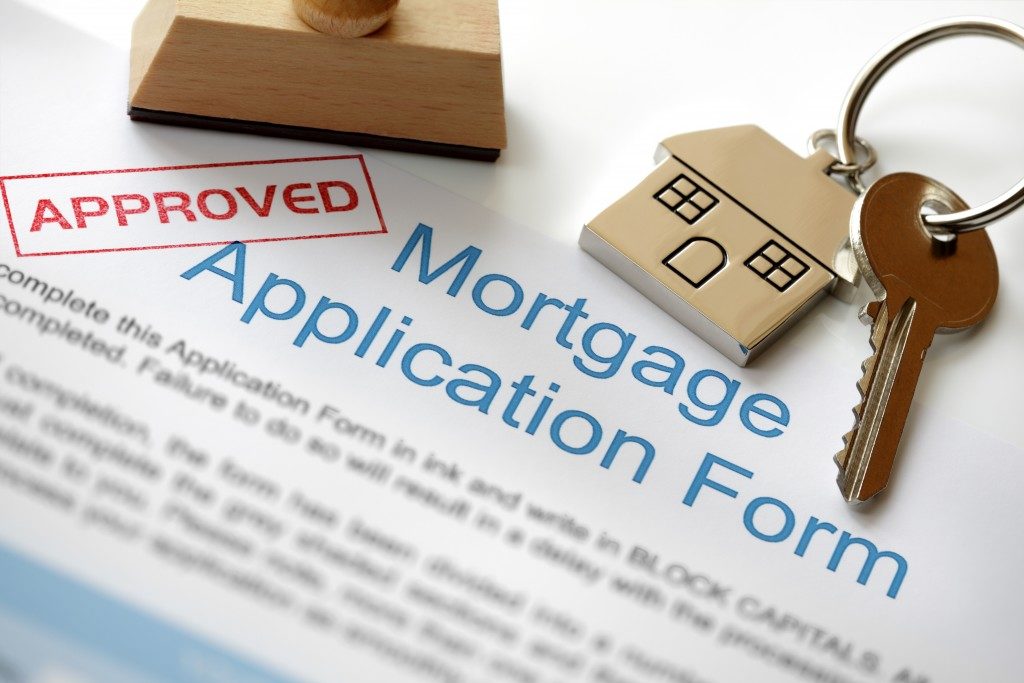Interest is one of the most vital costs related to home loans since it will have a major influence on your repayments. Aside from repaying the money you borrowed to purchase that Donnybrook land for sale here in Vic, you will also need to pay the interest on that home loan.
In Australia, the interest rates on home loans are influenced by many different factors. These include the international and national financial and economic conditions and the cash rate that the Reserve Bank sets.
How Do Banks Calculate Home Loan Interest Rates?
Home loan interest rates are typically computed using daily balances and then incorporated to the amount owed every month. How much you will be charged every month will depend on two primary factors. These include the interest rate of the lender and your outstanding balance upon which your lender calculates your interest.
Also, the interest rate you’ll be charged with over your loan term will be influenced further by the amount and frequency of your repayments and the length of your loan term. During the initial years of your home loan, most of your repayments are actually on the interest since the amount of the interest and loan balance is high.
As time passes, more and more of your repayments will go toward lowering your loan balance, meaning your overall loan amount. This means that if your loan is of a significant amount, you’ll naturally be charged a higher interest rate than borrowers with a lower loan amount.
Do note though that you can lower your outstanding loan balance for the purpose of calculating interest if you have what’s known as an offset account. Let’s say for instance, that you owe $350,000 on your loan and have $25,000 in your offset account. Your lender will only charge interest on $325,000 of your loan rather than the entire $350,000, which is the actual amount you owe your lender.
Home Loan Interest Rates Can Be Variable or Fixed

Your home loan interest rate can either be variable or fixed. A fixed rate remains the same rate for a predetermined amount of time, which is typically between one to five years. Once this fixed term has ended, you have the choice to opt for a fixed term again.
Otherwise, your rate will automatically be converted to the current variable rate of your lender that could move down or up depending on the current market conditions. There is, however, a chance that fixed interest rates will be lower or higher than the variable interest rates offered in the current market.
For instance, if fixed rates are currently on the lower end, it might be an indication that lenders expect variable interest rates to go down in the future.
When gearing up for a property purchase and a home loan, keep this information on interest rates in mind to avoid surprises later on. Remember, the specific kind of interest rate you’ll be charged with could significantly impact the amount you pay every month.

